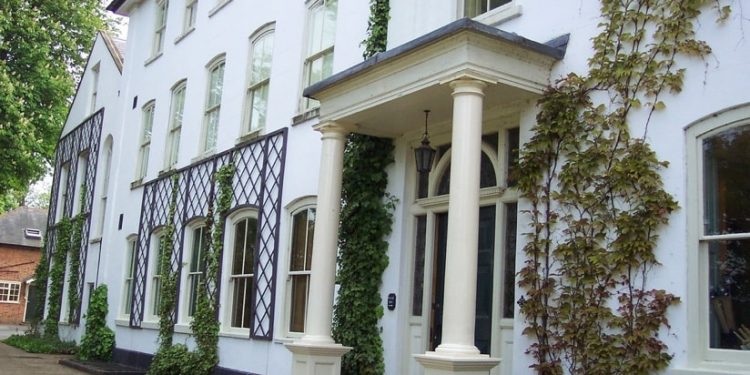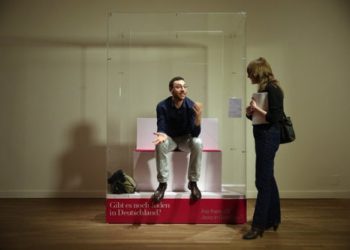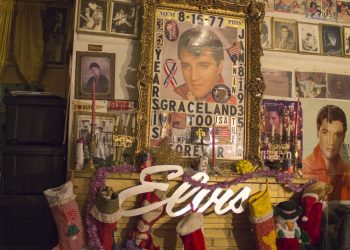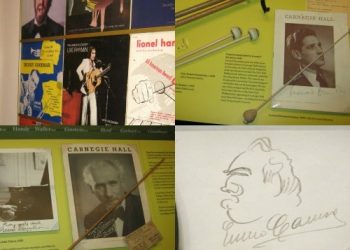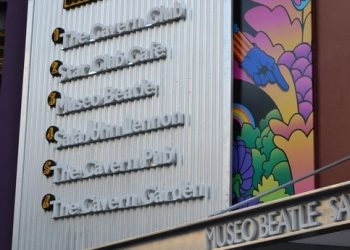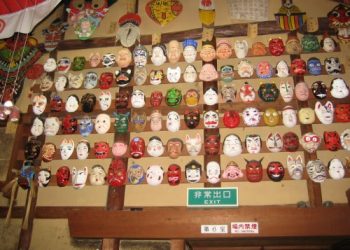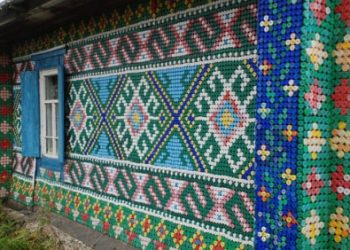Feb 12 is the birthday of naturalist Charles Darwin. I believe he would be 206 years old…otherwise known as dead. I am lucky to have visited both his birthplace of Shrewsbury (where there is a statue of course) and Westminster Abbey, where he is buried in the north aisle of the Nave only a few feet away from Sir Isaac Newton. But I also once paid a visit to Down House, Darwin’s home about 23 km south east of London’s Charing Cross. This is where he lived with his family, worked on his evolution theories, and died of heart failure in 1882. It was quite an adventure to get there, so here is a somewhat abbreviated version of a post from two years ago:
A special exhibit nearing the end of its run happened to be the main topic of my friend’s dissertation, so we took a day trip from Manchester to London to see it. Yes, this is complete madness! Not because it can’t be done (because we certainly proved it can) but this was all done for a house museum! To an American, 164 miles doesn’t sound that far, but this is England we’re talking about, a teeny tiny country that desperately wants to prove to the rest of the world it is not as small as it appears. After taking a bus to Manchester’s Piccadilly Station at the crack of dawn, when only chavs are awake apparently, we waited for the megabus (we’re doing this craziness on the cheap) to arrive to take us on our nearly 6 hour ride, depending on traffic, to London’s Victoria Station. There we took a train and another bus to the village of Downe to see Charles Darwin’s freakin’ house.
Whether or not you believe in evolution, Darwin’s face is on the £10 note, so this guy’s house certainly deserves to be turned into a museum. The historic built environment is much appreciated in England (people go to castles for fun) so the English Heritage organization manages 400 significant historical and archaeological sites around the country with the Down House being just one example. So what about it? The house itself was built in 1650. The Darwins became associated with the building in 1842, not long after the scientist was finished with his travels. There would be no more voyages around the world for this guy. After his wife’s death in 1896 (who was also his first cousin!) the building was rented out until it was open to the public in 1929.
The Down House isn’t just a place where Charles slept at night, this is also where he studied and worked on his theories of evolution by natural selection. Visitors can take a look around his dark, cramped study full of old-leather books, bottles, skulls, microscopes and a screen, behind which stands a basin where Darwin would sometimes vomit or have other digestive-related problems. Yes, if there was one thing I can clearly remember from my visit, it is little fact. Who knew? Somehow it made the house more real. Apparently Darwin’s bad health is one of the reasons why he stopped traveling. But his dark cave of an office is like a sanctuary, and it really comes alive, you can just picture him thinking, reading, writing, and dissecting. While the downstairs has been restored to its original appearance (including a dining room full of Wedgwood, because Darwin and his wife were descendants), the top floor of the house is used for special exhibit space, usually interactive and historic, but always related to Charles Darwin, and the reason why we were there.
If you’re still reading this post, wow…you’re amazing! At Down House you feel like you are actually visiting Charles Darwin’s real house, and not just a poor man’s replica. It is not a tomb or some sad monument. I think the landscape helps. You see what he saw. Visitors can walk around the original grounds and gardens, full of plants that he once studied, like hollyhocks, flax, primroses, orchids, and vines. Believe it or not, inside Darwin’s conservatory (a laboratory full of earthworms, insects and carnivorous plants) experiments are still being conducted. And Darwin’s “thinking time”? Well, my friend and I traced the steps of Darwin on his famous “Sand Walk” where he walked every day to figure out the meaning behind his observations and ideas. I am forever grateful that a housing estate or a McDonald’s hasn’t been built on the great meadow, which sits right next to the path. It definitely helps you experience the quiet solitude and rural ambiance as Darwin once did. It also shows how important the entire environment is to experiencing a “house museum”.
Anyway, let me finish my journey properly by telling you how the hell I got home. Remember this is a day trip. After waiting for another bus to take us back to Orpington’s train station, we found out the train to Victoria is broken (because this is England) so we take a different one, which is out of the way, causing us to have to take the tube back to Victoria where we arrive just in time for the megabus ride back to Manchester. Completely exhausted (our bodies barely moved during the nearly hour (!) stopover), we arrive back in town sometime after midnight. But the journey is not yet over because we live outside the city centre and refuse to walk home so after what seems like ages, another bus (our 6th ride of the day) takes us back to our comfy beds in Rusholme. The end!
